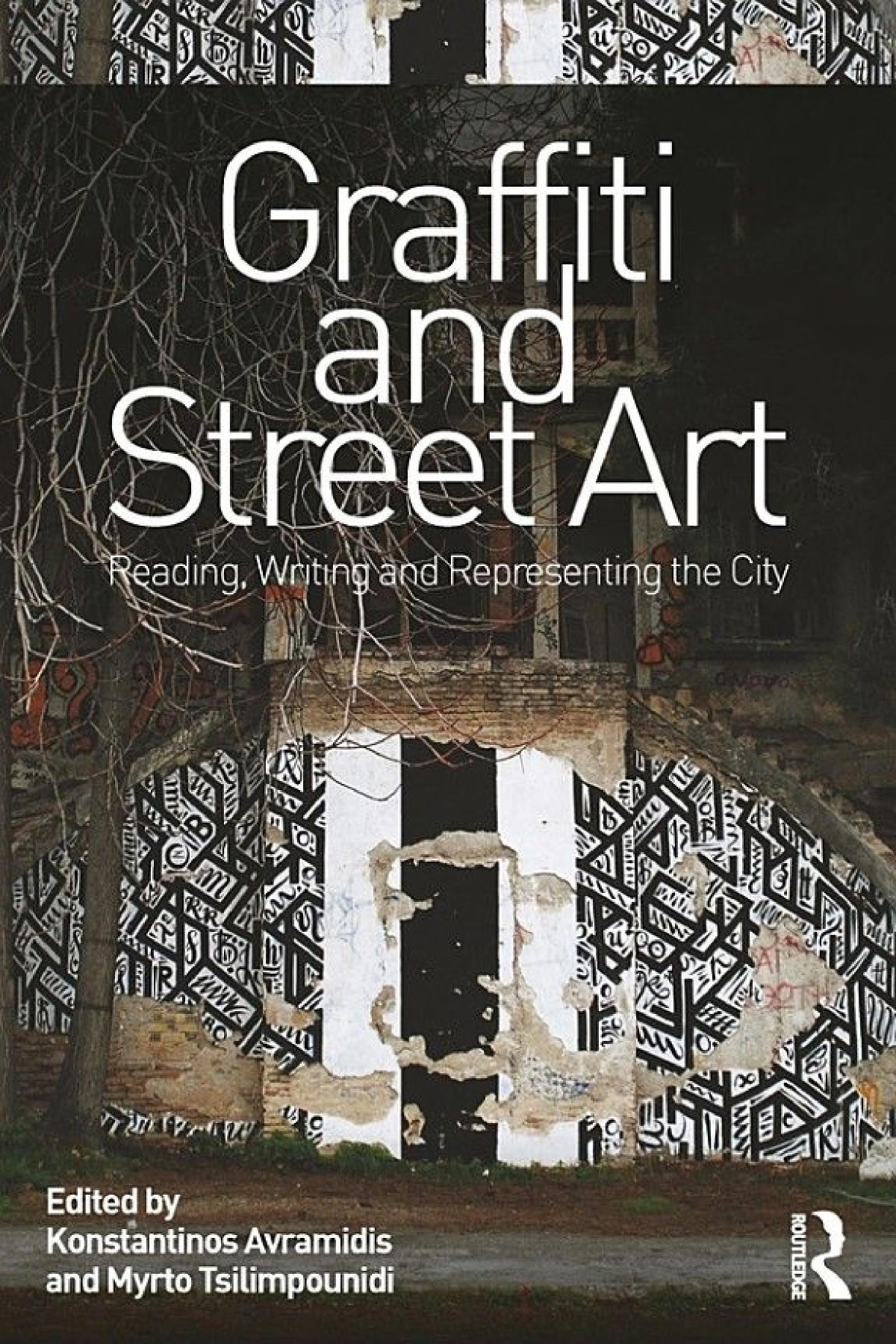

Most ebook files are in PDF format, so you can easily read them using various software such as Foxit Reader or directly on the Google Chrome browser.
Some ebook files are released by publishers in other formats such as .awz, .mobi, .epub, .fb2, etc. You may need to install specific software to read these formats on mobile/PC, such as Calibre.
Please read the tutorial at this link: https://ebookbell.com/faq
We offer FREE conversion to the popular formats you request; however, this may take some time. Therefore, right after payment, please email us, and we will try to provide the service as quickly as possible.
For some exceptional file formats or broken links (if any), please refrain from opening any disputes. Instead, email us first, and we will try to assist within a maximum of 6 hours.
EbookBell Team

5.0
88 reviewsGraffiti and street art images are ubiquitous, and they enjoy a very special place in collective imaginary due to their ambiguous nature. Sometimes enigmatic in meaning, often stylistically crude and aesthetically aggressive, yet always visually arresting, they fill our field of vision with texts and images that no one can escape. As they take place on surfaces and travel through various channels, they provide viewers an entry point to the subtext of the cities we live in, while questioning how we read, write and represent them. This book is structured around these three distinct, albeit by definition interwoven, key frames. The contributors of this volume critically investigate underexplored urban contexts in which graffiti and street art appear, shed light on previously unexamined aspects of these practices, and introduce innovative methodologies regarding the treatment of these images. Throughout, the focus is on the relationship of graffiti and street art with urban space, and the various manifestations of these idiosyncratic meetings. In this book, the emphasis is shifted from what the physical texts say to what these practices and their produced images do in different contexts.
All chapters are original and come from experts in various fields, such as Architecture, Urban Studies, Sociology, Criminology, Anthropology and Visual Cultures, as well as scholars that transcend traditional disciplinary frameworks. This exciting new collection is essential reading for advanced undergraduates as well as postgraduates and academics interested in the subject matter. It is also accessible to a non-academic audience, such as art practitioners and policymakers alike, or anyone keen on deepening their knowledge on how graffiti and street art affect the ways urban environments are experienced, understood and envisioned.